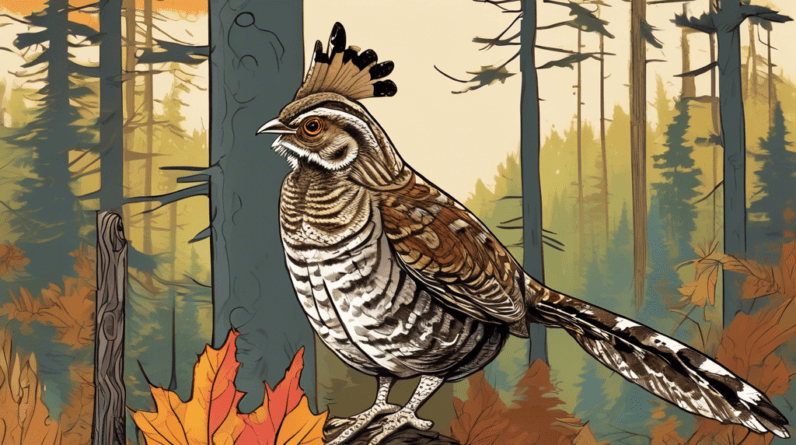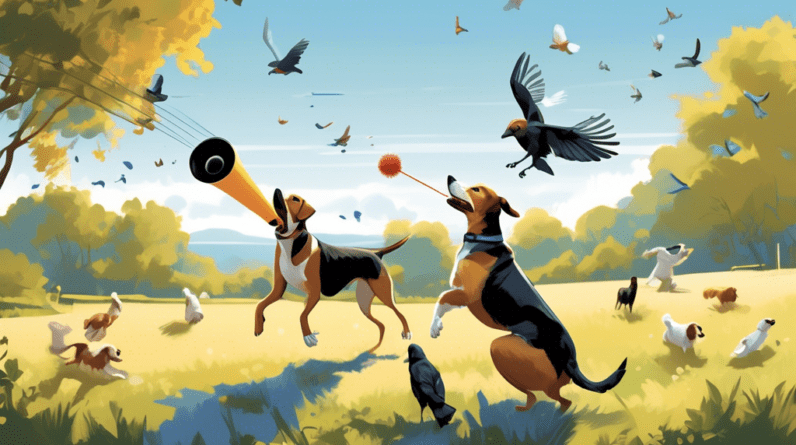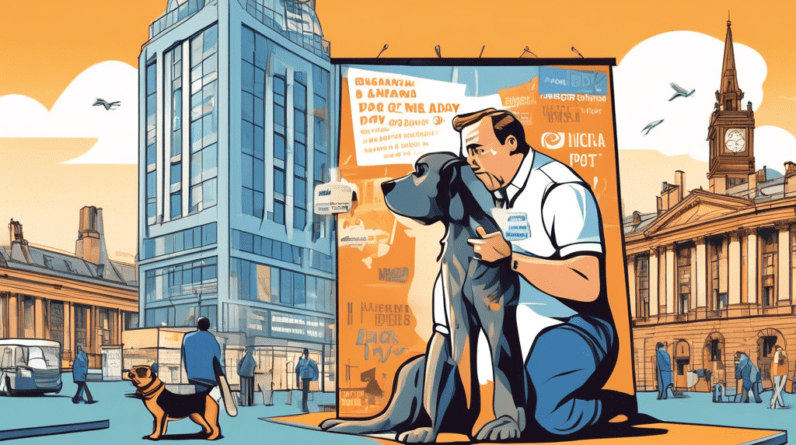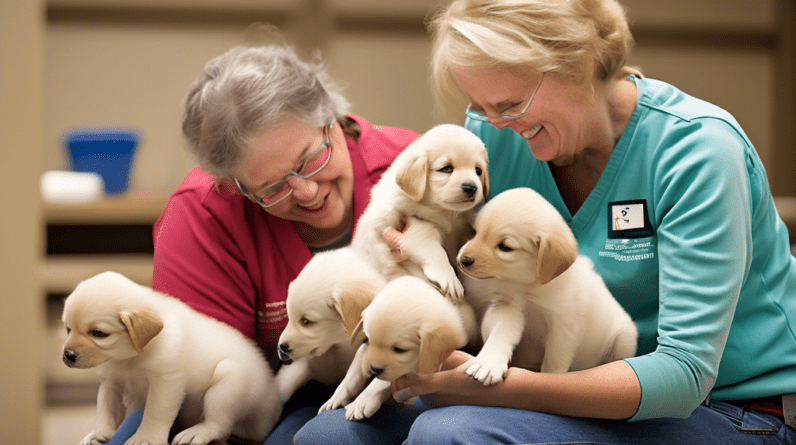
Ruffed Grouse Numbers, Dog Training, Owl Disputes, and BWCA Leash Laws
Ruffed Grouse Population Trends
Ruffed grouse (Bonasa umbellus) are a popular game bird found throughout the northern United States and Canada. Their populations are known to fluctuate cyclically, with peaks and valleys occurring approximately every 10 years. These cycles are influenced by a complex interplay of factors, including:
- Predator-prey relationships
- Habitat quality and availability
- Weather patterns
- Disease outbreaks
Understanding these factors and their impact on grouse populations is crucial for effective wildlife management and conservation efforts. Researchers and wildlife agencies use various methods to monitor grouse numbers, including:
- Drumming count surveys
- Hunter harvest data
- Habitat assessments
This data helps to inform hunting regulations, habitat management practices, and other conservation measures aimed at maintaining healthy grouse populations.
Training Your Dog for Grouse Hunting
Grouse hunting with a trained dog is an exhilarating experience. These elusive birds are masters of camouflage and often hold tight in thick cover, making a skilled canine companion invaluable for flushing them out.
Here are some essential aspects of grouse dog training:
Breed Selection
While many breeds can excel at grouse hunting, some popular choices include:
- English Springer Spaniels
- Brittany Spaniels
- German Shorthaired Pointers
- English Setters
- Golden Retrievers
These breeds generally possess the temperament, trainability, and physical attributes well-suited for navigating challenging terrain and working closely with their handlers.
Early Exposure and Socialization
Starting training and socialization early is crucial for any hunting dog. Expose your puppy to various sights, sounds, surfaces, and experiences from a young age. This helps build their confidence and adaptability.
Basic Obedience
Solid obedience commands like come, sit, stay, and heel are essential for any hunting dog. Consistent training ensures your dog is responsive and under control, particularly in exciting hunting situations.
Introduction to Birds
Begin by introducing your dog to the scent of grouse feathers or wings. Use positive reinforcement techniques to associate the scent with rewards. Gradually progress to using training dummies or live birds in controlled environments.
Gun Dog Training
If you plan to hunt with a firearm, proper gun dog training is crucial. Introduce gunfire gradually and at a distance, associating it with positive experiences. Ensure your dog is comfortable with the sound and remains steady during shooting.
Field Training
Regular field training in areas similar to where you’ll be hunting is essential. This allows your dog to practice searching for birds, holding a point, and retrieving under your guidance.
The Great Horned Owl: Friend or Foe to Grouse?
The relationship between great horned owls (Bubo virginianus) and ruffed grouse is complex, characterized by both predation and competition.
Great horned owls are opportunistic predators with a varied diet. Ruffed grouse, particularly young chicks and vulnerable adults, can become prey for these nocturnal hunters. Owls primarily rely on their exceptional hearing and silent flight to locate prey in low-light conditions.
However, these two species also share similar habitat preferences, leading to potential competition for resources such as food and nesting sites. The extent of this competition can vary depending on factors like prey availability and habitat quality.
Maintaining healthy and balanced ecosystems is crucial for both species to thrive. This includes ensuring sufficient habitat diversity, managing predator-prey relationships, and minimizing human-induced disturbances.
Navigating Leash Laws in the BWCAW
The Boundary Waters Canoe Area Wilderness (BWCAW) is a pristine wilderness area located in northeastern Minnesota, renowned for its stunning beauty and exceptional canoeing opportunities. To preserve this unique ecosystem, specific regulations are in place, including leash laws for dogs.
Within the BWCAW, dogs must be kept on a leash no longer than 6 feet at all times. This regulation aims to:
- Protect wildlife: Preventing dogs from chasing or harassing wildlife helps maintain natural behaviors and ecological balance.
- Minimize disturbances: Leashed dogs are less likely to disrupt other visitors or cause conflicts with other animals.
- Ensure visitor safety: Keeping dogs on leashes reduces the risk of encounters with wildlife, getting lost, or falling into waterways.
Respecting these leash laws is crucial for the continued enjoyment and preservation of the BWCAW for all visitors, both human and canine.
Conclusion
From understanding ruffed grouse population dynamics to training your canine hunting companion and navigating leash laws in protected areas, responsible outdoor recreation requires knowledge and respect for the natural world. By staying informed and following ethical practices, we can ensure the sustainability of our cherished outdoor pursuits and the well-being of the wildlife and ecosystems that support them.






